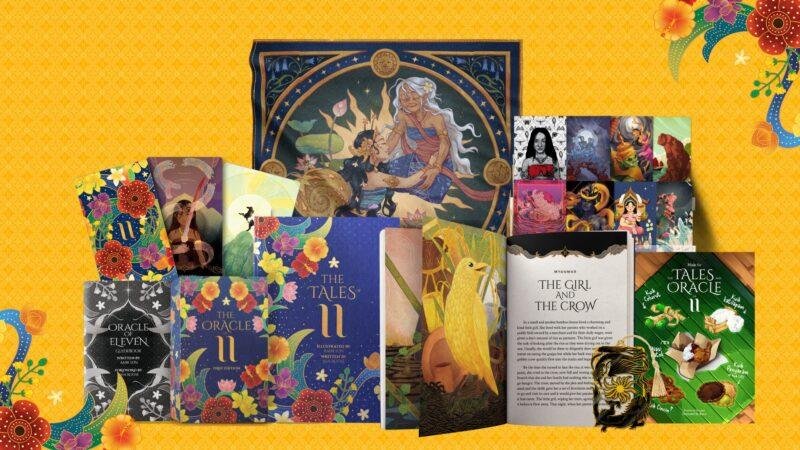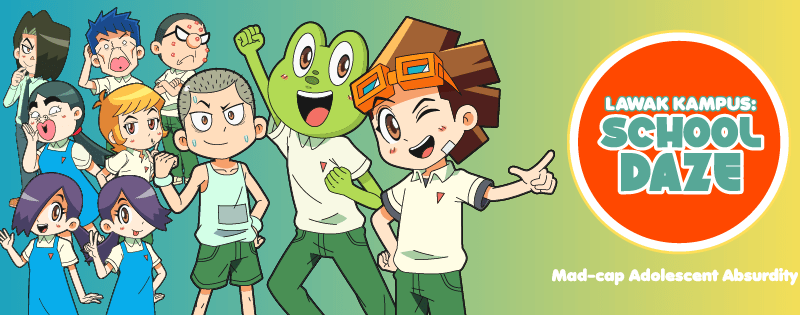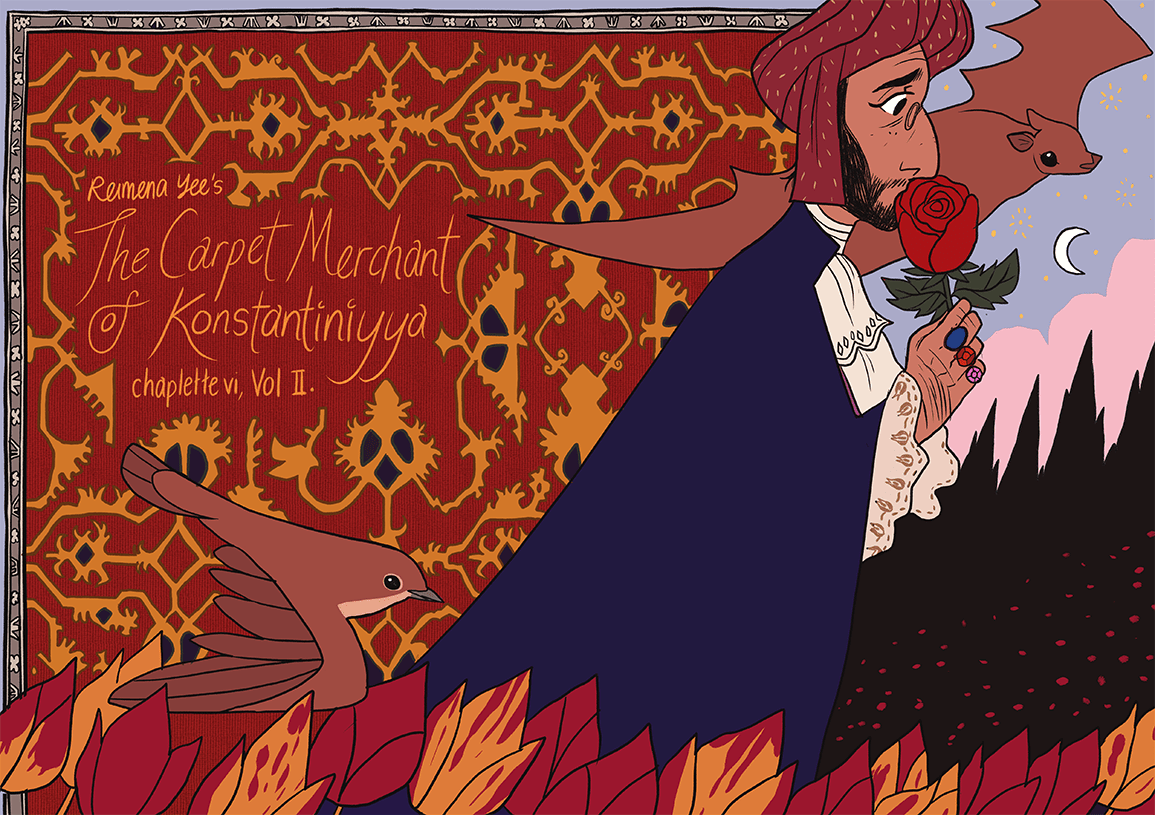Have you always wanted to look into the future and discover your fate? What usually comes to mind may be fortune tellers and cards, laid out on the table in front of you in various positions that can eerily describe your past, present and future. However, these are not your typical tarot cards…
Dive into a world where legends and folklore come alive! We’re about to take you on an exclusive journey with the talents behind Tales & Oracles of Eleven who have resurrected captivating tales of local mythology with their creations. With their passion and dedication, they’ve reawakened local mythical creatures and legends, ensuring their stories carry on for generations to come.
Join us as we explore the origins of this visionary project and uncover the motivations that compelled these designers to embark on this journey!
What inspired you to embark on this project in the first place? Was there anything that played a role in coming up with this concept?
The entire premise of the Tales of 11 has and always will be the preservation of SouthEast Asian folklore and mythologies that do not find themselves already in the annals of Islamic mythology, Mahabharata and Ramayana, or the Jataka tales.
Sun was the one who broached the topic first as she had been really excited to do a SouthEast Asian oracle deck. I can’t say it was a difficult endeavour to pull me into the hole that is storytelling and collecting since it’s something that I already love doing.
The inspiration comes from the fact that we know more about Western mythologies than we do our own. It’s kind of embarrassing.
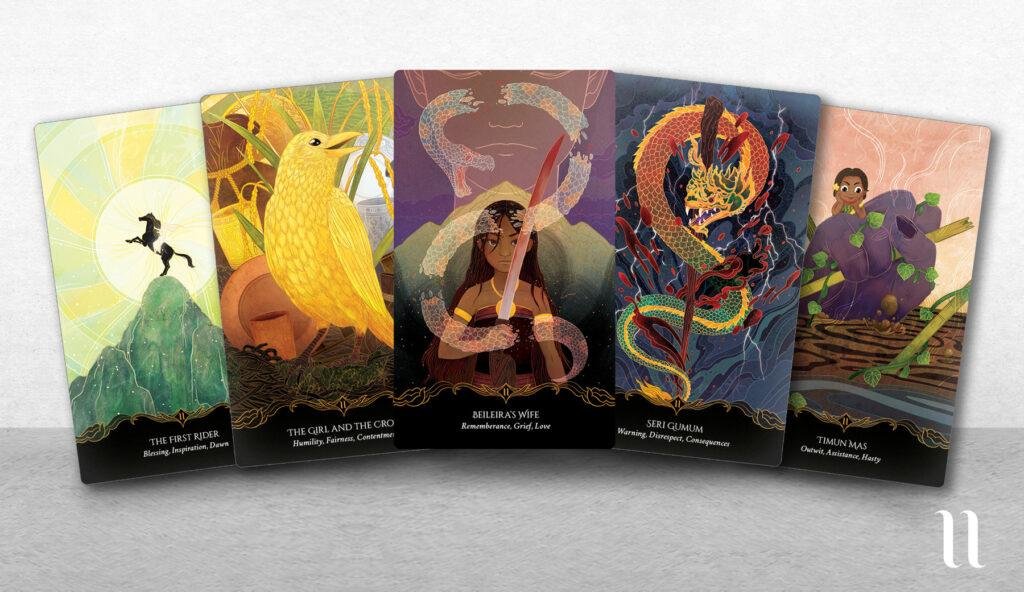
Could you take us through a little bit of the research and exploration process of creating the whole concept of the artbook and oracle set?
I would say that a majority of the time making this project was spent on research and fact-checking. Making sure the stories do not overlap with other countries or, like I had mentioned before, had no relation to religious myths. Sun and I then had to sit down and digest each tale to come up with their keywords and morals so that Sun could create the illustration for the card that spoke to those keywords and morals. It might sound like an easy task but believe you, me, it was devastatingly tedious.
How did you choose which specific stories to include in your artbook and oracle card set?
With great difficulty. There are so many other stories that I would like to include but given our limited funding and manpower, We had to cut as best we could but know that the stories included are all incredibly diverse and evocative. If people really like them and sales are optimal, it will give us the opportunity to make Tales of 11 Part 2 to feature even more stories!
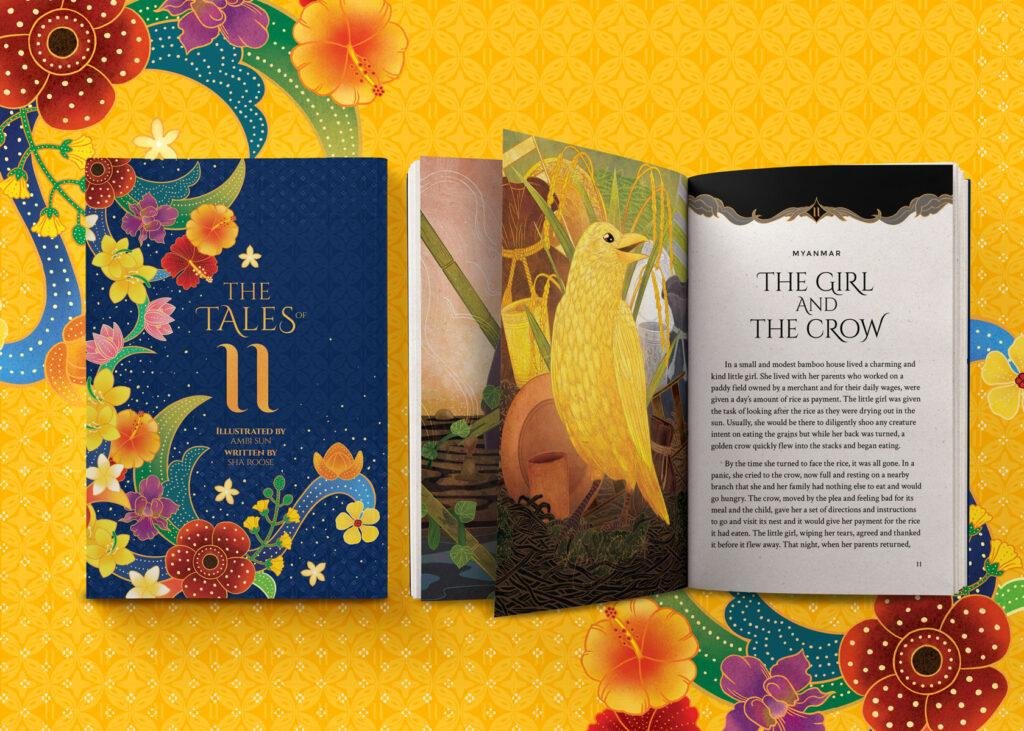
How do you balance staying true to the authenticity of the folklore while also infusing your unique artistic interpretation into the work?
We had this conversation with our guest artists during my Creator Chats podcast, specifically with Mvndeep (Malaysia), Shane (Philippines), Uddam (Cambodia), and Pavii (Thailand). The conclusion we came to was that with oral storytelling, the content will always change depending on the storyteller as a way to keep our listeners engaged. The only caveat is that the spirit of the story must not change given that the tales serve a very specific purpose to either provide moral and social guidance or introduce a deific reason within the context of a creation myth which further galvanises the community through shared understanding and beliefs.
Any changes I’ve made in the book only serve to hammer home the spirit of the tale or to put animals that actually exist in our region into the story instead of lions — lions are not endemic to this region. As a spoiler for one of the stories, I had changed one of the birds into the Giant Ibis which made more sense since it is Cambodia’s National Bird and is Critically Endangered. It’s a deliberate attempt at getting more eyes on a bird that many may not know exists and hopefully direct them toward conservation groups if they feel so inclined.
And to threaten you with a good time, you can find the pods here.
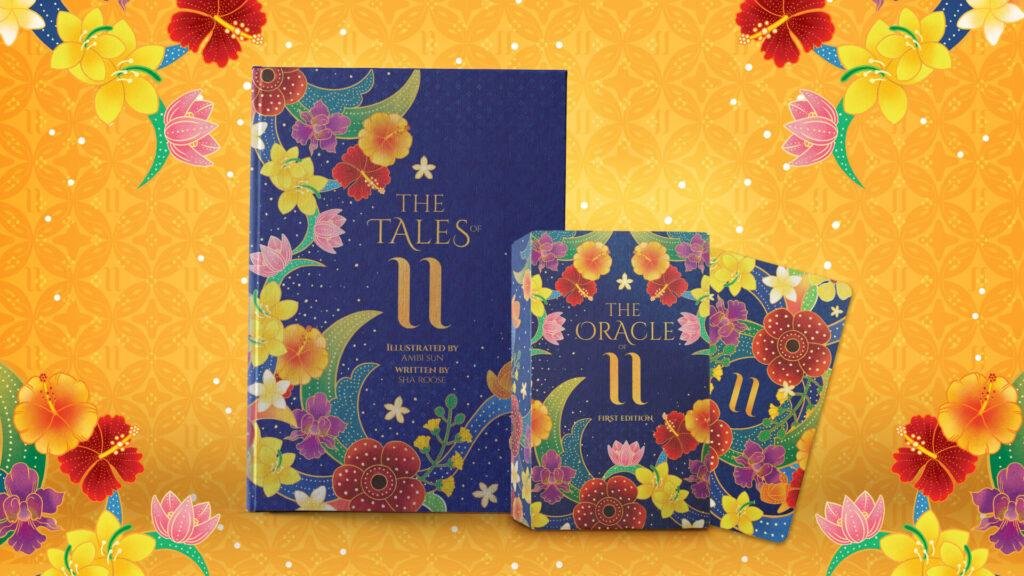
If you have any favourites, could you describe the symbolism behind some of the oracle cards or art pieces in relation to the Malaysian myths they represent?
I can’t say that any of them fascinates me more than the rest, they’re all equally entertaining in different ways. If you want to know more about what’s in the book, I’m afraid you’ll need to get a copy yourself and you can let me know which story you like most. Do pick up the book when it’s released in April and let me know which story is your favourite! We’re open for pre-orders at https://ambisunart.com/shop/
Is there a particular message or feeling you would like the audience to take away from their experience with your work? What would that be?
SouthEast Asia is not a monolith, our culture and history goes far deeper than our scary ghost stories and for far longer than the advent of various religions within our region. Honestly speaking, stories are a gateway drug to becoming a history nerd! A one-way ticket to falling absolutely in love with this region. I live here and I haven’t even whiffed the surface!
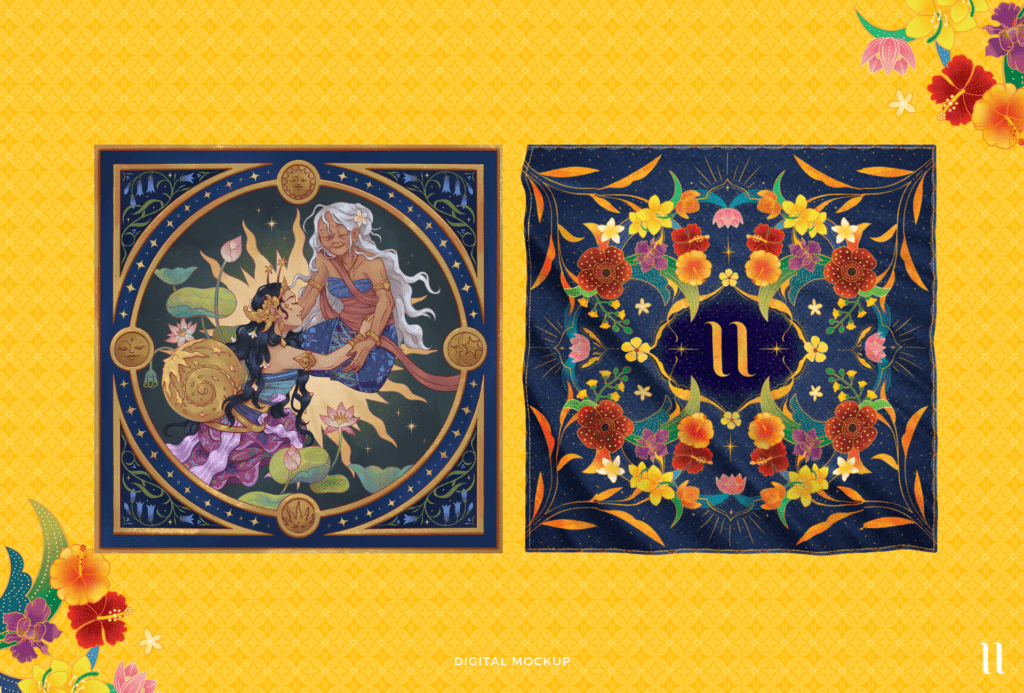
For more information about Tales & Oracles of Eleven, visit their official website here and their Kickstarter page here.






